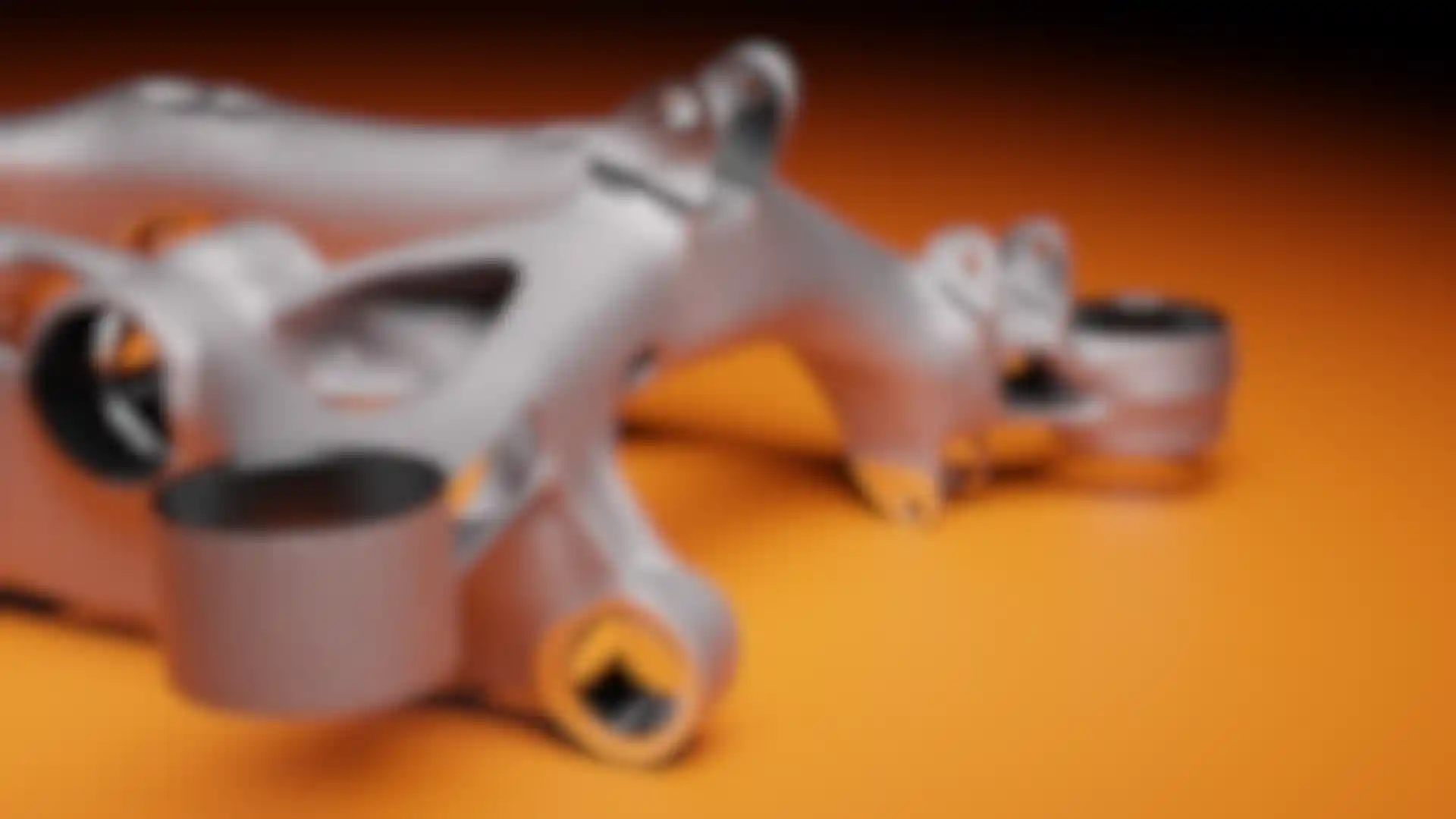
Using ZBrush to Revolutionize Manufacturing How Bionic Mesh Design uses 3D tools to construct lightweight components for the auto industry and beyond.
A talented aerospace engineer with a passion for lightweight construction, Thomas Spoida worked in racing before moving on to corporate research for an auto manufacturing company that welcomed his ideas on new materials and technology. Unfortunately, though, change was often too costly to implement.
Undaunted, Spoida devoted himself to researching ways to make constructing lightweight components more affordable. Eventually the solution was clear — clever topology optimization and subdivisions, which he achieved using a combination of ZBrush and CAD.
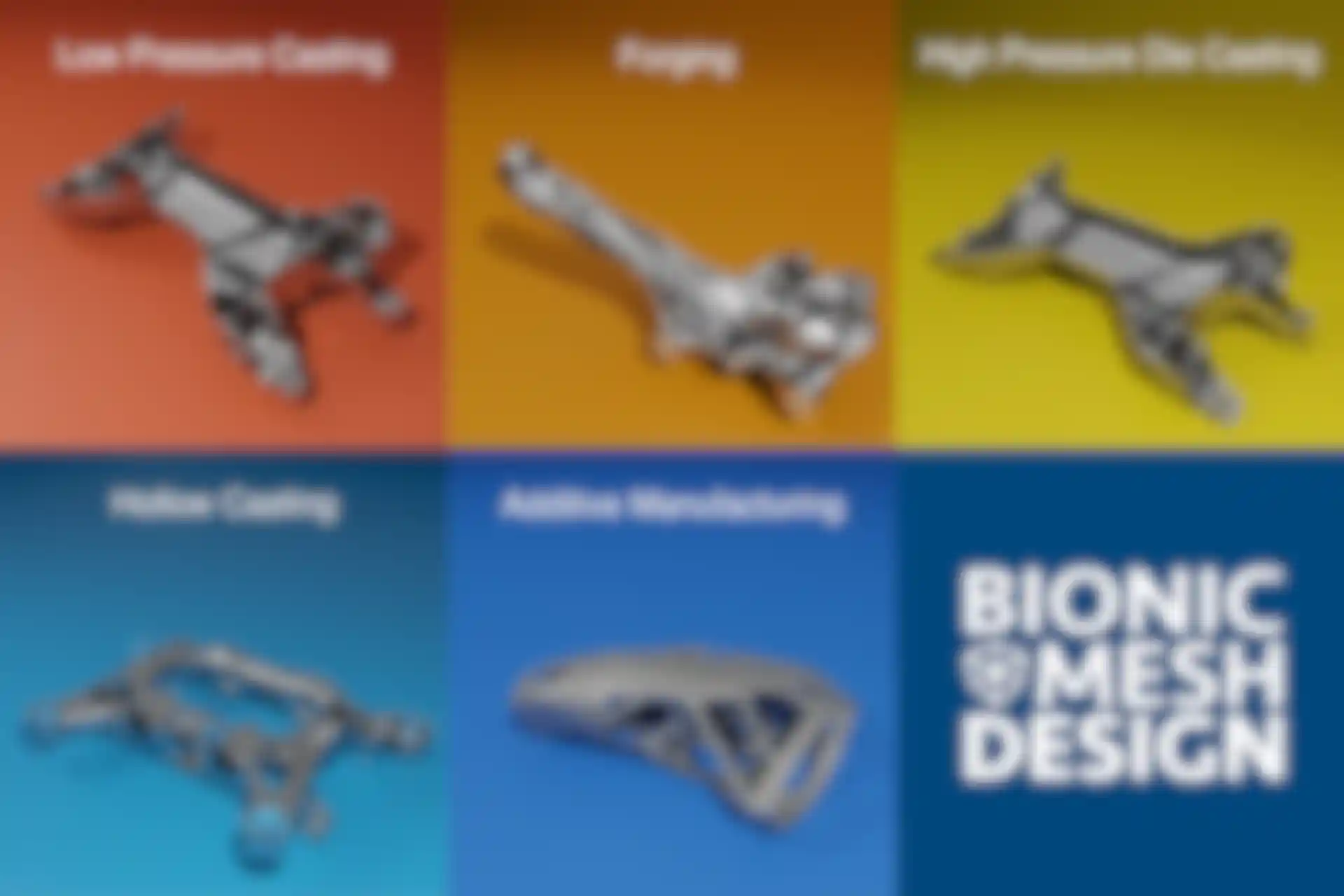
We talked with Spoida about how the process of converting topology optimization into manufacturable geometry could revolutionize many industries and how his company, German-based Bionic Mesh Design, is dedicated to making lightweight construction accessible and affordable for everyone.
Tell us about yourself and what led you to found your own company in 2020.
Spoida: Lightweight construction fascinated me during my aerospace engineering studies. In that field, the benefits of lightweight construction are obvious: A lighter aircraft, be it a rocket or plane, can carry more load and/or have a longer range. There are several materials and manufacturing processes available, but most of them are very costly, such 3D printing.
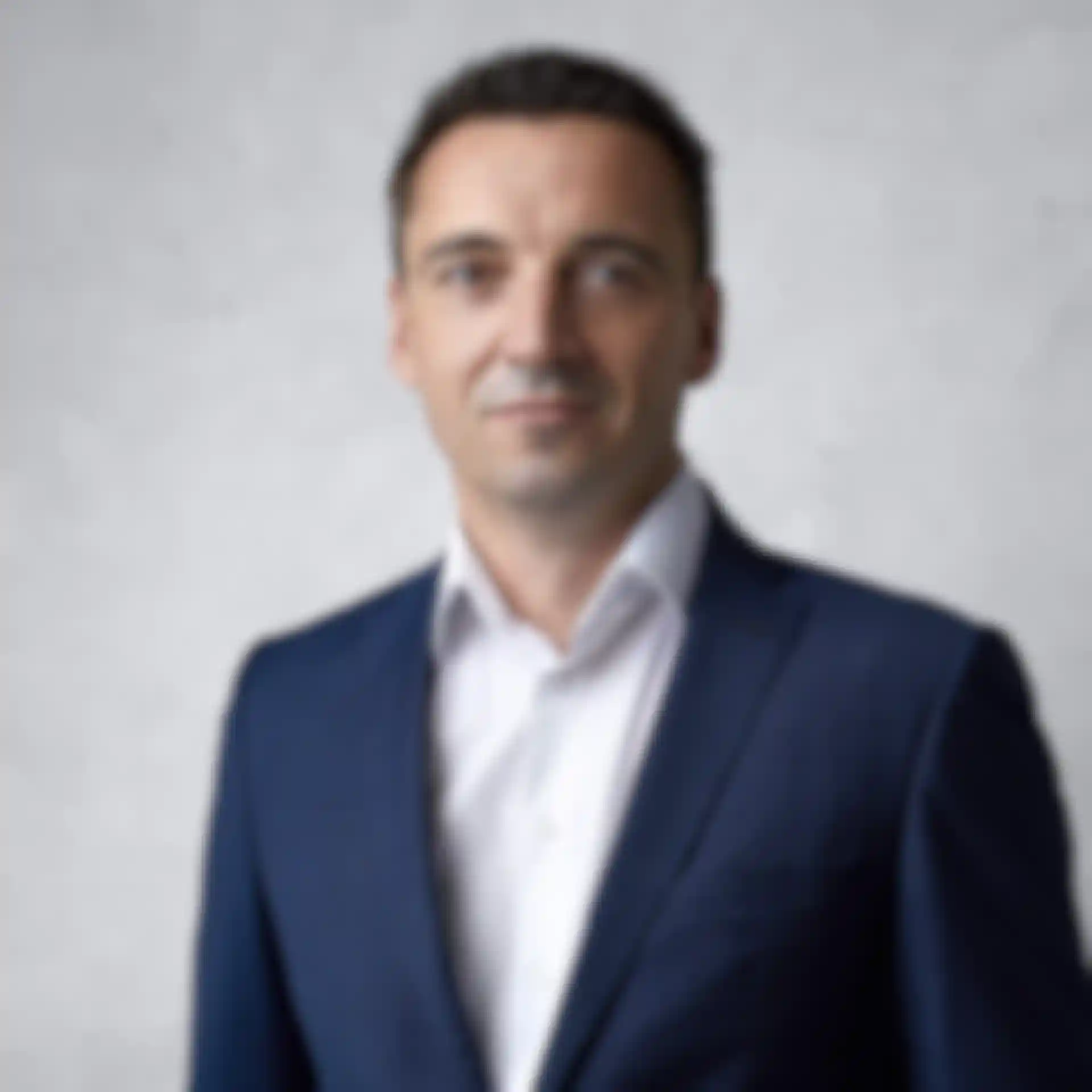
The whole field felt slow and conservative to me, so when I finished my studies, I went into racing where lightweight construction plays a central role in the design of vehicles and is important for aerodynamics, so costs are not as important.
Before founding my company, I worked for 10 years in research and development for a large automobile manufacturer, and it was challenging for me to transfer my lightweight construction experience from racing to the development of components for large-scale production. Component costs play a very important role in manufacturing, so the materials and processes from racing were out of the question.
It was clear early on that lightweight construction could only come from the shape of the components, which meant they could only contain the necessary materials. Topology optimization can be used to find the ideal shape for components because the software removes all areas that are not relevant for applied forces from the simulation model.
How did you figure out that 3D software could be used as part of the process?
Spoida: First, I want to explain that topology optimizations mostly generate very organic shapes, so think of it as something like how nature makes a tree grow. There are no right angles or sharp edges. To turn a topology optimization result into a real part, the output has to be reconstructed in CAD.
Normally, that is done with parametric solid modeling in CAD, but that only allows the organic shapes from the optimization to be reproduced to a very limited extent, and you don’t get the lightest component possible.
Today, subdivision modeling is integrated into all CAD tools and is usually advertised as a design and styling feature but, in our experience, they’re not as fast and powerful as 3D modeling tools designed for that purpose, and they have no sculpting functionality.
Generally, we work no differently than artists using 3D tools for gaming and films. In our case, though, the topology optimization result must first be interpreted. In most cases, many holes have to be closed because they can cause problems in the casting process. Certain demolding angles also have to be set so the part can be removed from the casting or forging mold later.
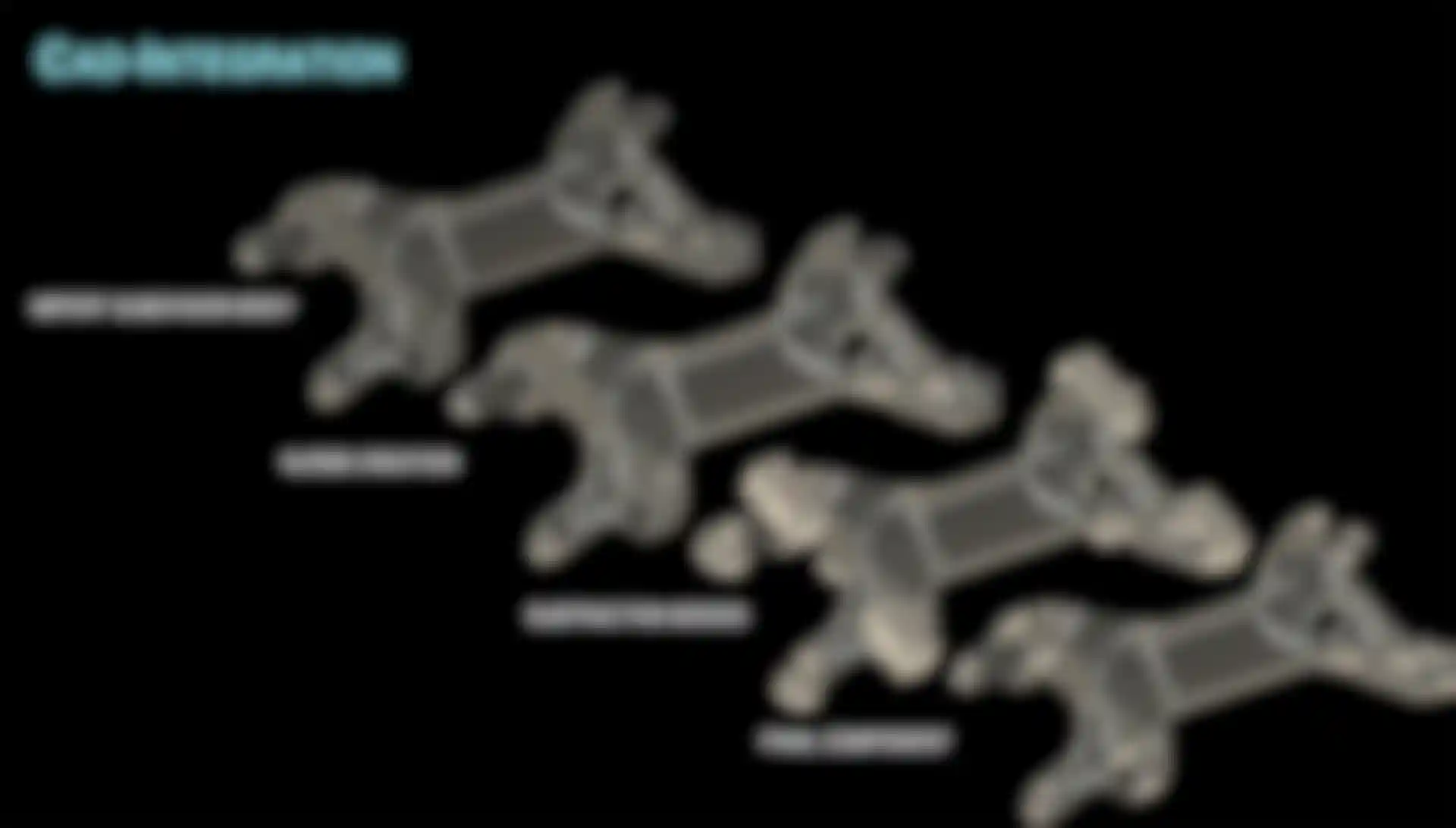
We do all of that high-poly modeling in ZBrush using a variety of sculpting brushes, and we learned about that in 2019 when my employer at the time allowed us to fly to Los Angeles and to meet with Pixologic. We spent two very intense days with Ofer Alon, Jaime Labelle, Joseph Drust and Paul Gaboury to talk about the use of ZBrush in engineering.
As a result, the guys implemented two features we needed in a very short time, which was definitely a gamechanger for us. In the end, it's always about getting the polycount as low as possible, because we want to import the subdivisions into CAD and allow our customers to adjust them in the CAD subdivision modeling tools.
Say more about how subdivisions make it possible to have a continuous process from optimization to production.
Spoida: The complete development cycle is now based on meshes. Using subdivision modeling, we can generate the so-called design space within a very short time. This means we fill the available design space for the part to be optimized. This can be done very comfortably with ZBrush, and we can be sure that we have really used the last corner to get the lightest possible part from the optimization.
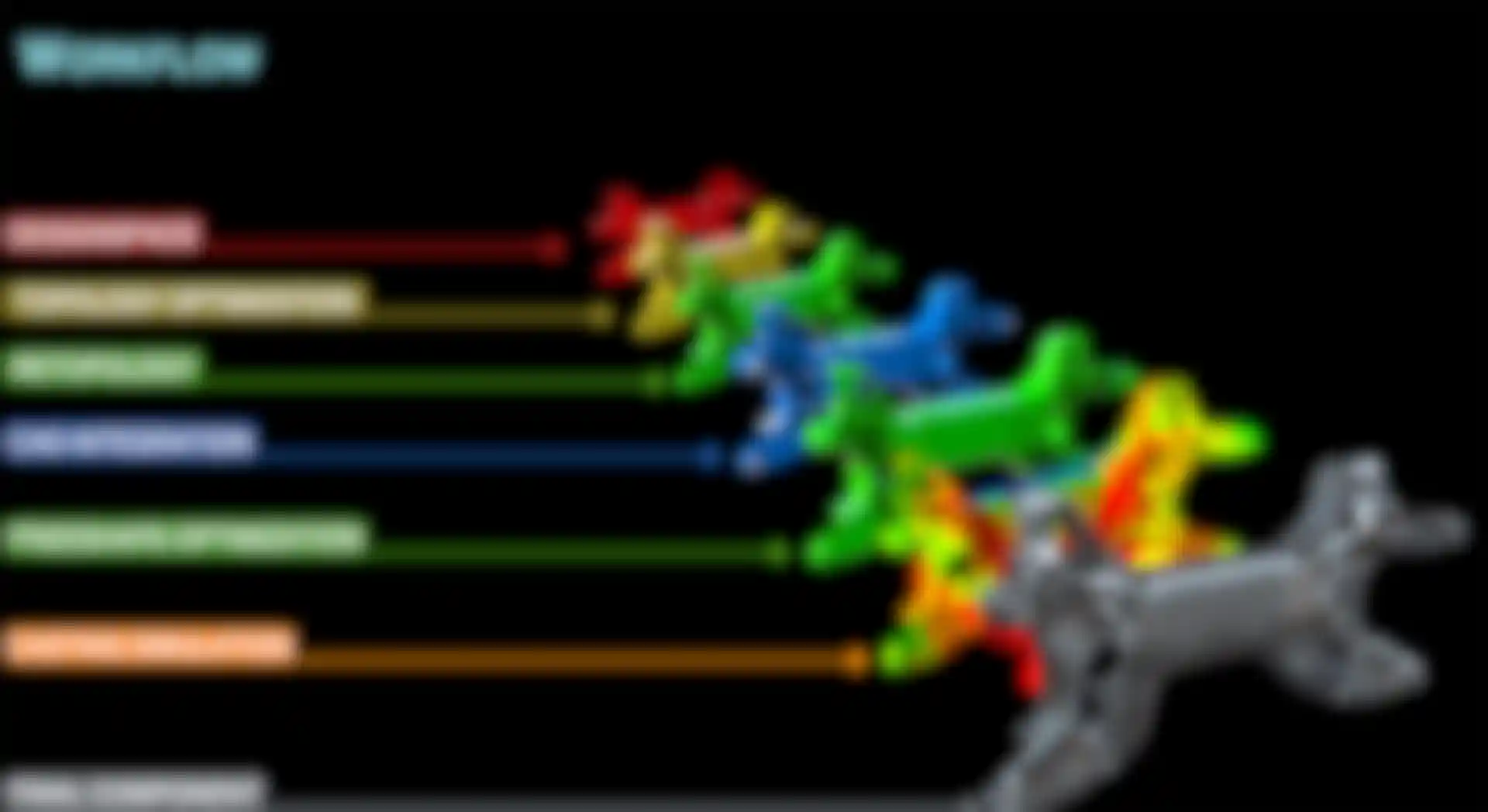
The simulation, or optimization, is also done on meshes, which are not polygon meshes, but can be derived from them. After the design phase, we move on to manufacturing the components. In addition to casting, forging also plays a major role. The supplier forging the component receives the final geometry of what we call the “blank,” or the geometry that falls from the forge before machining by milling.
Forging is not done in one step. It starts with a thick, round metal cylinder, which becomes the final component in several forging processes. The geometries of those intermediate steps normally have to be designed in CAD at great expense, but subdivision modeling makes the process much faster and more precise. In the simplest case, the SubD body is simply adapted to the final geometry without changing the topology.
What effect is this new type of subdivision modeling having on the manufacturing, particularly the automotive industry.
Spoida: 3D modeling tools like ZBrush can be used to model mechanical parts in an extremely short time and, to date, lightweighting has not played a role in the automotive industry. Thanks to topology optimization and the implementation of subdivisions, we are now able to develop extremely lightweight components for normal mass production processes, such as casting and forging.
Depending on the manufacturing process we are using either sculpting in combination with ZRemesher or we retopologize the topology directly with ZModeler.
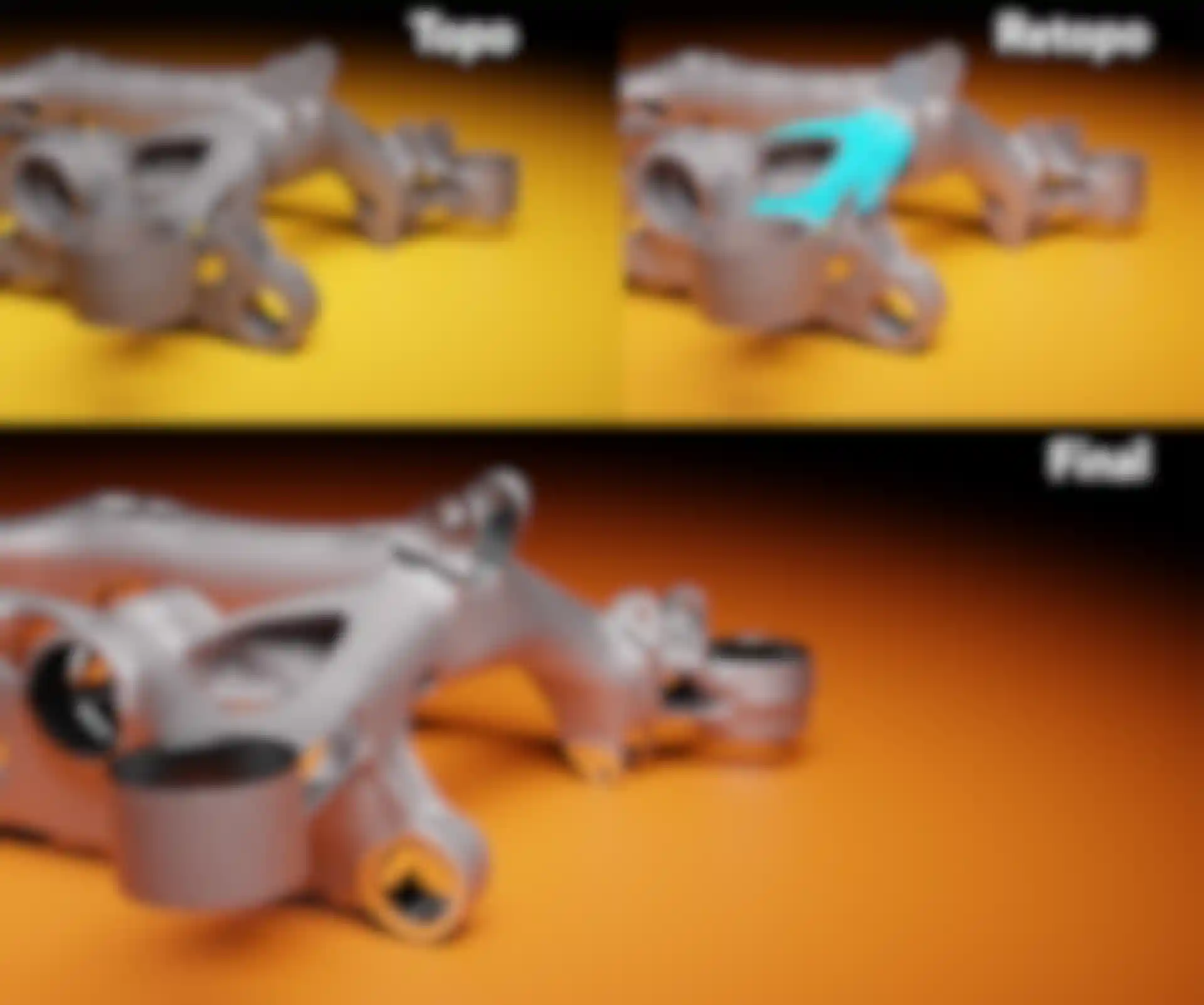
This is beneficial for a lot of reasons. Lightweight components require less material, so they save money. If we have to optimize a cast component, for example, we do not change the manufacturing process, we just reduce the material input as much as possible and that’s reflected in the component costs.
In recent years, the topic of electromobility has become increasingly important and is now gaining momentum. But electric cars have challenges that combustion vehicles don’t, particularly the issue of range. Logically, the heavier the vehicle, the greater the mass that has to be accelerated, which has a direct impact on range.
Batteries are the main factor determining range, but they are very heavy and you can't install batteries of any size to get more range. That’s why it’s even more important to make the rest of the vehicle’s structure as light as possible. And lighter vehicles help save precious energy and are more sustainable over time.
How does Bionic Mesh Design work with customers?
Spoida: In most cases, we provide the full service from generating the design space, topology optimization and retopology until CAD integration. In some cases, though, customers hand over a topology optimization result that we just have to retopologize.
Automotive plays a major role for us, but for all other industries where transport plays a role could benefit from lightweighting, like naval industries and aerospace.